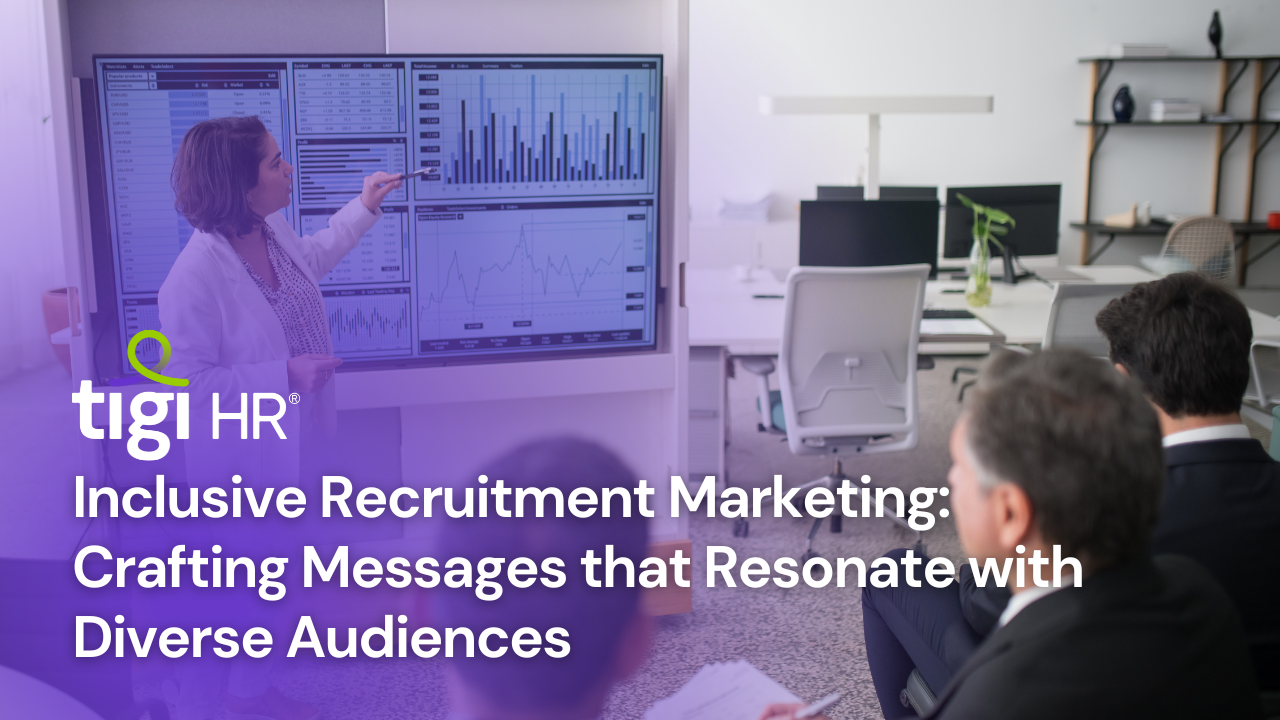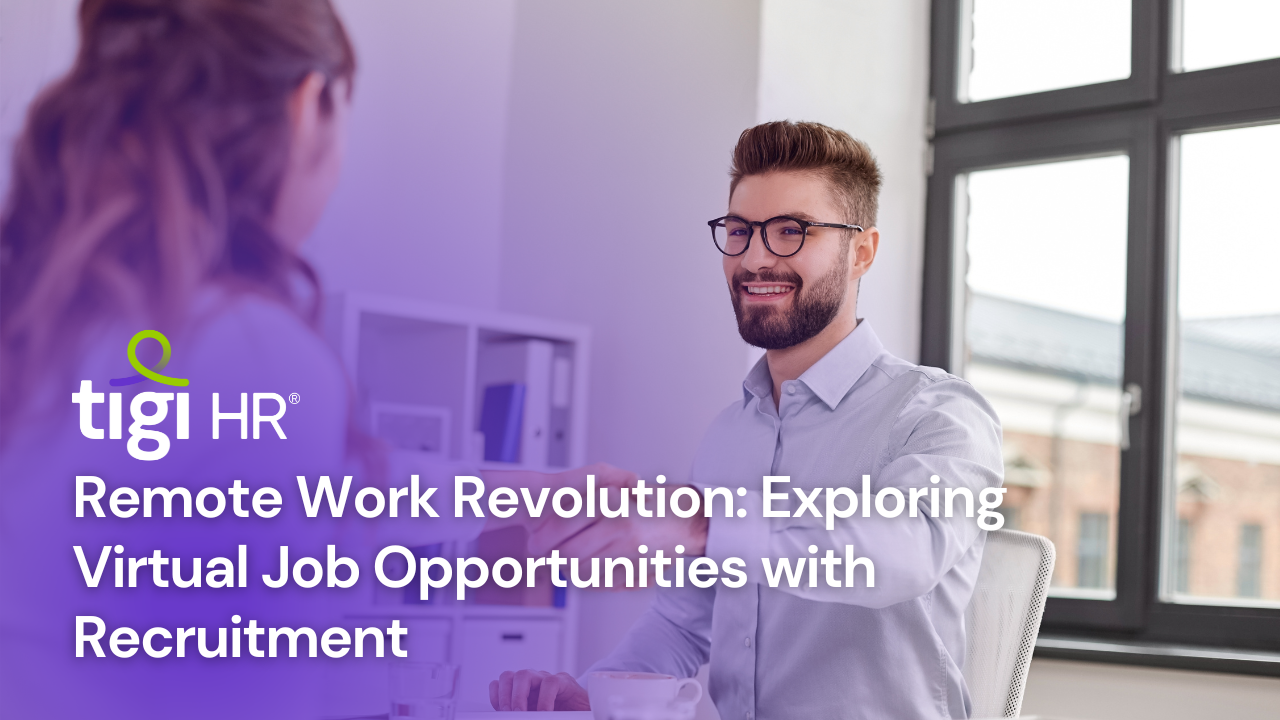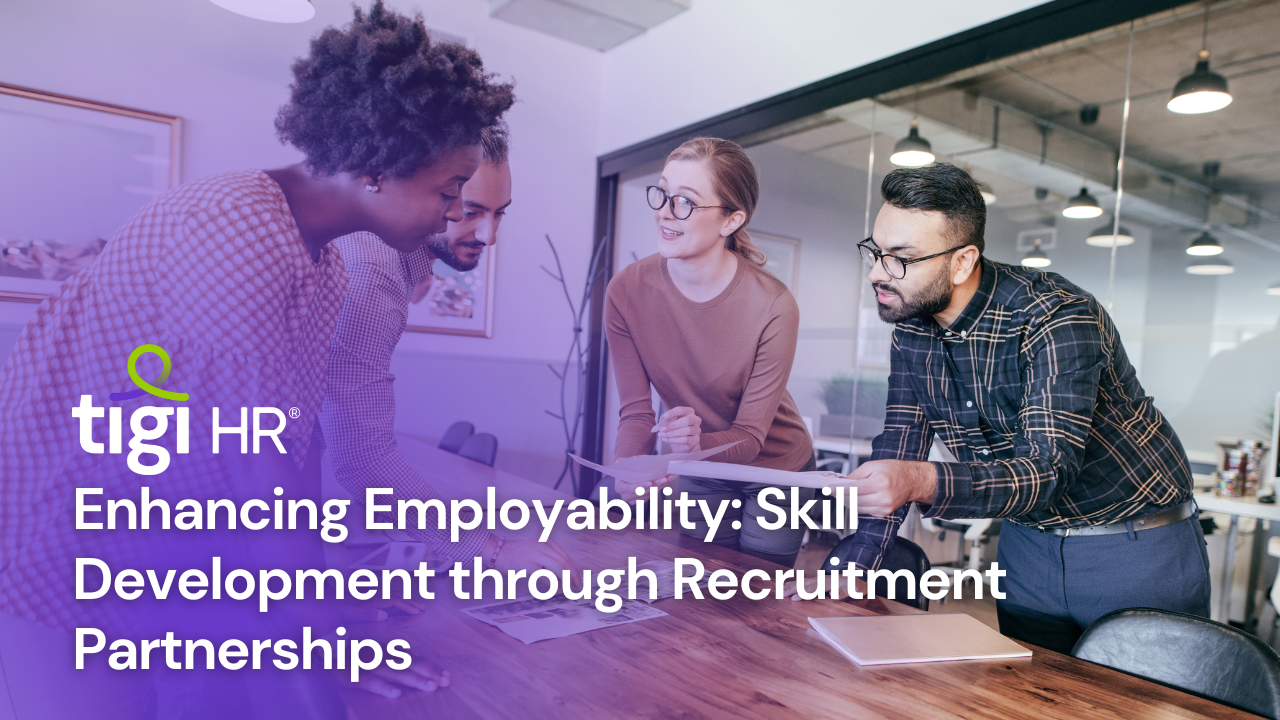In the ever-evolving landscape of the modern workplace, a profound transformation is underway—one that transcends traditional employee management. As societies shed light on the significance of mental health, the role of Human Resources (HR) has metamorphosed into a dynamic force for fostering well-being. This article delves into the integral role that HR plays in championing mental health support, unravels effective strategies, and fortifies the discourse with compelling statistics that underscore the imperative of prioritizing mental well-being.
**The Renaissance of Workplace Well-being**
The dynamics of what constitutes employee well-being have undergone a profound shift. Beyond the confines of physical health, mental health has emerged as a cornerstone. A report by the World Health Organization paints a stark picture—annually, depression and anxiety disorders siphon off a staggering $1 trillion from the global economy through lost productivity[^1^]. In response, HR departments have emerged as champions of change, steering organizations toward a future that places mental health at the forefront.
**HR’s Evolving Role in Mental Health Support**
The role of HR has transcended the periphery of administrative tasks, evolving into a strategic partner in curating employee well-being. Here’s a glimpse into how HR plays an instrumental role in championing mental health:
1. **Building Awareness and Education**: HR can illuminate the shadows surrounding mental health through informative workshops, seminars, and training. Equipping employees and managers with knowledge about mental health signals nurtures a culture of empathy and early intervention.
2. **Crafting Compassionate Policies**: Formulating comprehensive mental health policies echoes an organization’s commitment to employee well-being. These policies encompass flexible work structures, access to counseling services, and unequivocal pathways for seeking assistance.
3. **Fostering a Culture of Support**: HR has the power to mold a culture that reveres mental health. Encouraging open conversations, erasing the stigma associated with discussing mental health, and heralding milestones in this domain crafts a sanctuary for employees.
4. **Providing Access to Resources**: Collaborating with external partners equips HR to offer a range of mental health resources—counseling services, helplines, and digital platforms. These resources empower employees to seek support confidentially.
5. **Tailored Support and Accommodations**: HR is at the forefront of facilitating accommodations for employees grappling with mental health challenges. This might involve customized workloads, adapted responsibilities, or flexible schedules.
**Compelling Statistics and Insights**
1. **Mental Health’s Economic Ripples**: The Lancet Psychiatry projects that by 2030, the global economy will bear a colossal burden of $16 trillion due to mental health conditions[^2^]. This resounding statistic underscores the dire financial consequences of ignoring mental health concerns.
2. **Price of Mental Health on Productivity**: The American Psychiatric Association’s research points to a harrowing reality—depression and anxiety collectively drain over $1 trillion from the U.S. economy annually through compromised productivity[^3^]. This lays bare the urgency of proactive mental health support.
3. **Navigating the Communication Gap**: A survey by Mind Share Partners reveals that a significant 60% of employees experience symptoms of mental health conditions. Ironically, only 30% feel comfortable discussing these issues with their HR departments[^4^]. This glaring chasm emphasizes the need for creating a climate of trust.
4. **Returns on Mental Health Investment**: The Deloitte study uncovers an intriguing correlation—every dollar invested in mental health programs reaps a return of $1.62 through improved productivity and reduced absenteeism[^5^]. This statistic underscores the tangible rewards of prioritizing mental health.
**Conclusion**
In a world that’s rewriting the rules of workplace well-being, HR departments are at the helm of this transformation. Their role in safeguarding employee mental health is not just an ethical responsibility, but a strategic one. The statistics and insights woven into this article serve as a clarion call for organizations to embark on a journey of prioritizing mental health. By embracing the evolving role of HR in mental health support, organizations can cultivate a more productive, engaged, and empowered workforce.











